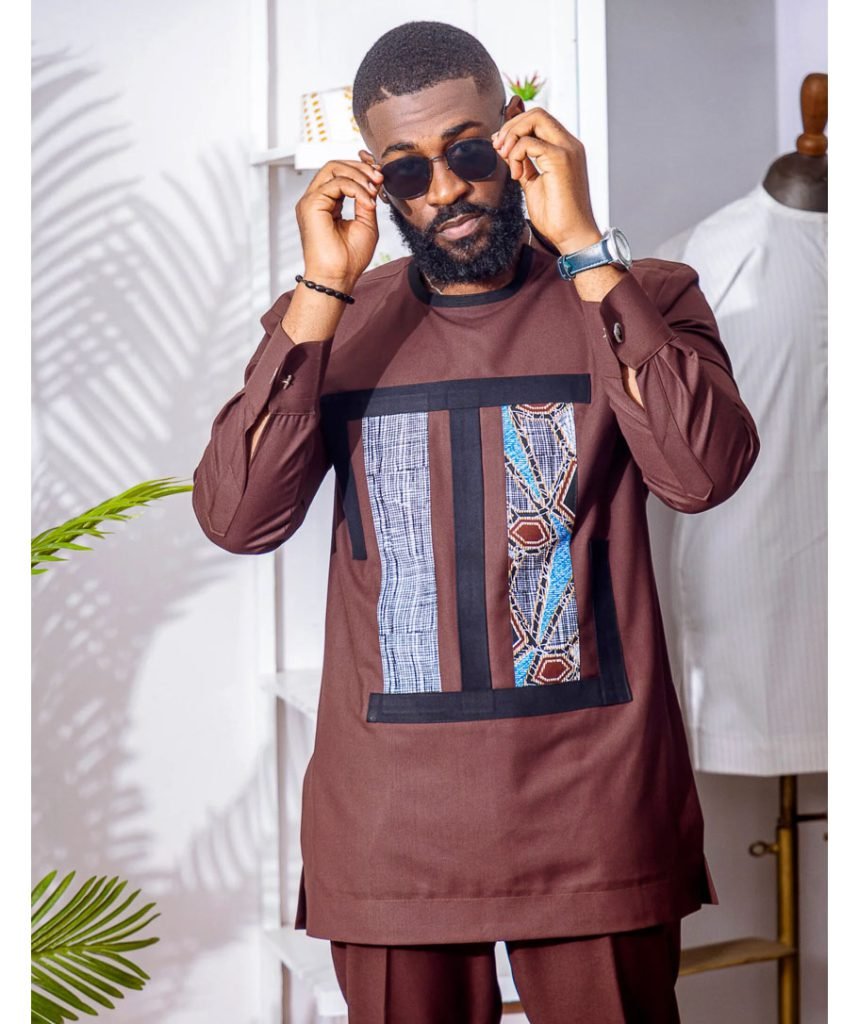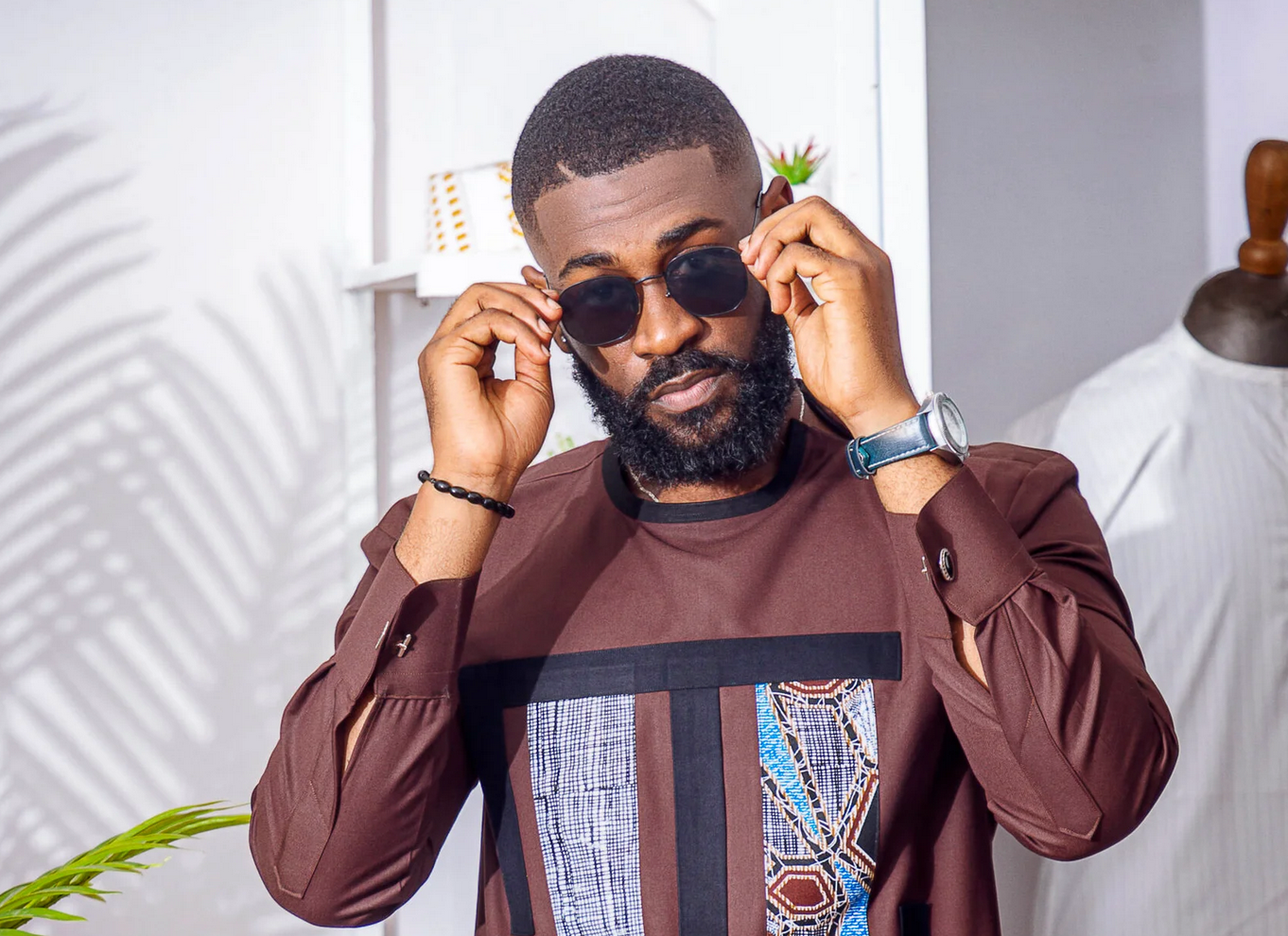Classic African Suits: A Reflection of Culture and Identity.
Classic African suits, often characterized by their vibrant colors, intricate patterns, and distinctive tailoring, serve as a powerful emblem of cultural identity and heritage across the continent. These garments, commonly worn during significant social occasions, epitomize the rich traditions and artistic expressions inherent in various African societies.
The resurgence of interest in classic African suits, particularly among the diaspora, reflects a broader movement towards cultural reclamation and pride. As individuals seek to connect with their roots, these garments become more than

fashion choices; they transform into statements of identity and solidarity. Events such as weddings, festivals, and formal gatherings often see a celebration of heritage through these suits, further cementing their role in contemporary society.
The Rich Heritage of African Suits
Origins and historical significance.
Regional variations across the continent.
Symbolism in patterns and colors.
Iconic African Suit Styles
Dashiki: The vibrant West African classic.
Agbada: Elegance in three pieces.
Kitenge: East Africa’s colorful statement.
Kente: Ghana’s royal fabric.
Modern Interpretations of African Suits
Fusion of traditional and contemporary designs.
Influence on global fashion trends.
Celebrity endorsements and red carpet appearances.
The Cultural Significance of African Suits
Expressing identity through clothing.
Preserving traditions in a changing world.
Empowering local artisans and economies.
Styling African Suits for Various Occasions
Formal events and weddings.
Casual everyday wear.
Business attire with an African twist.
Accessories to complement African suits.





